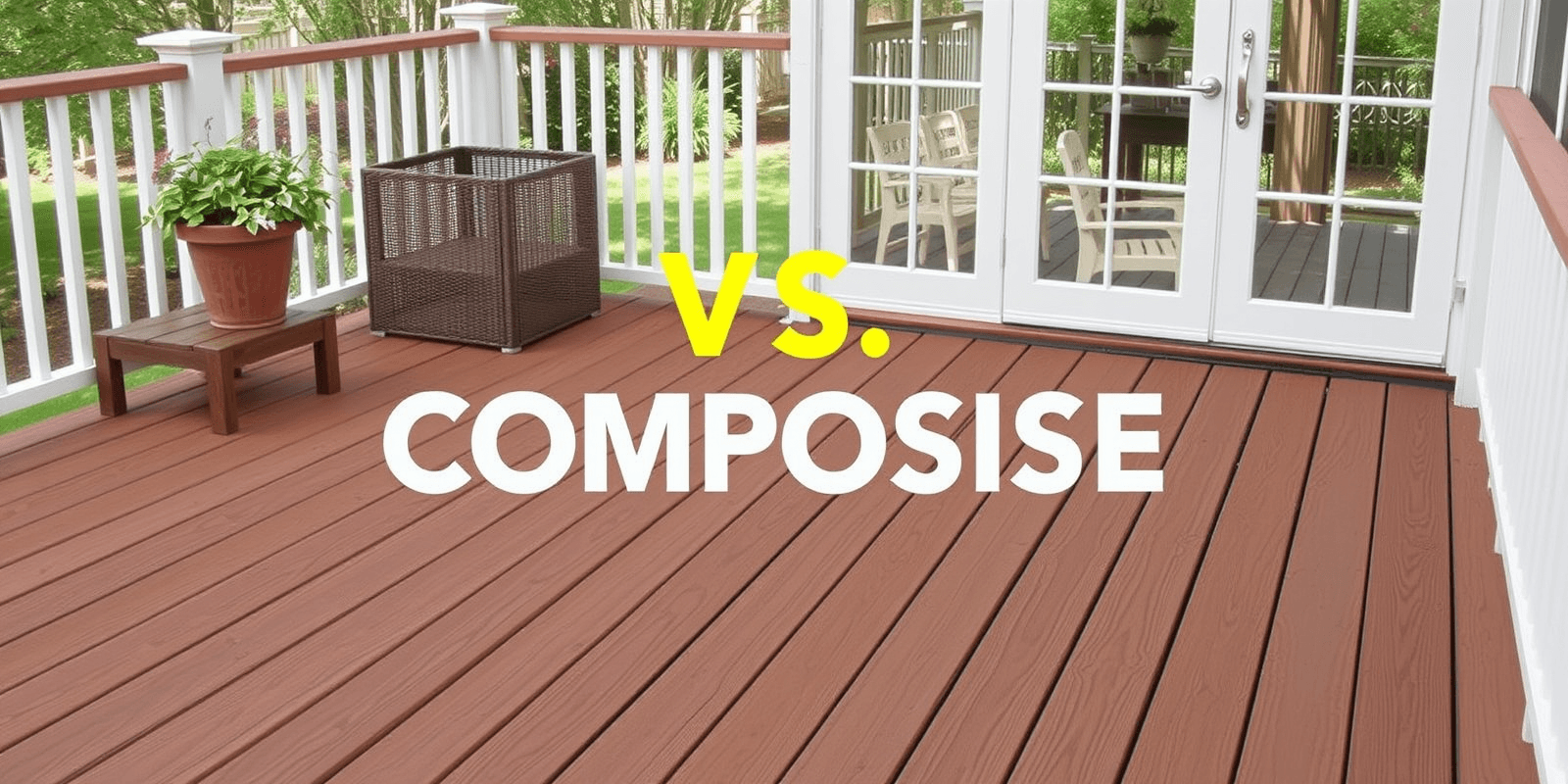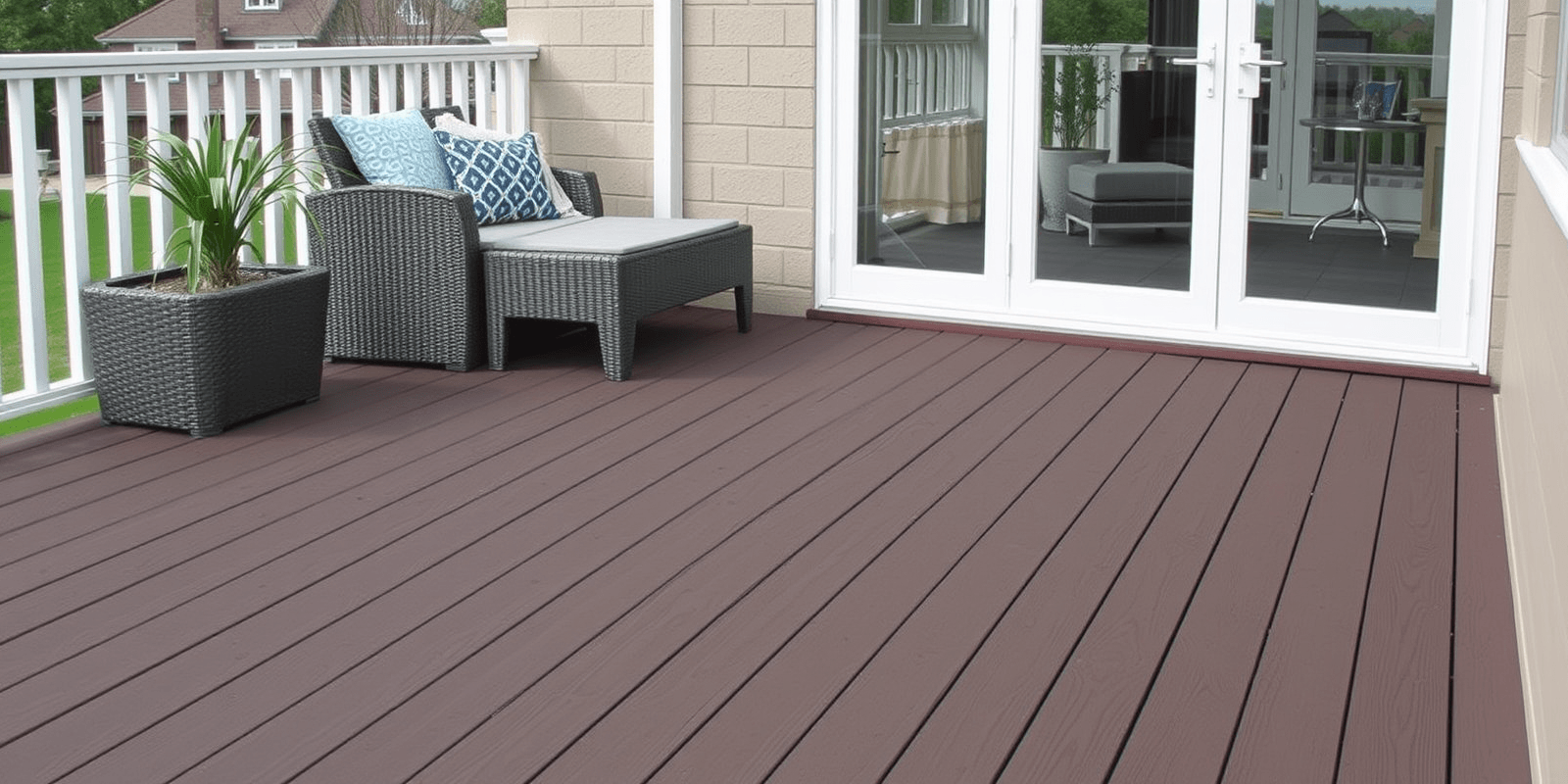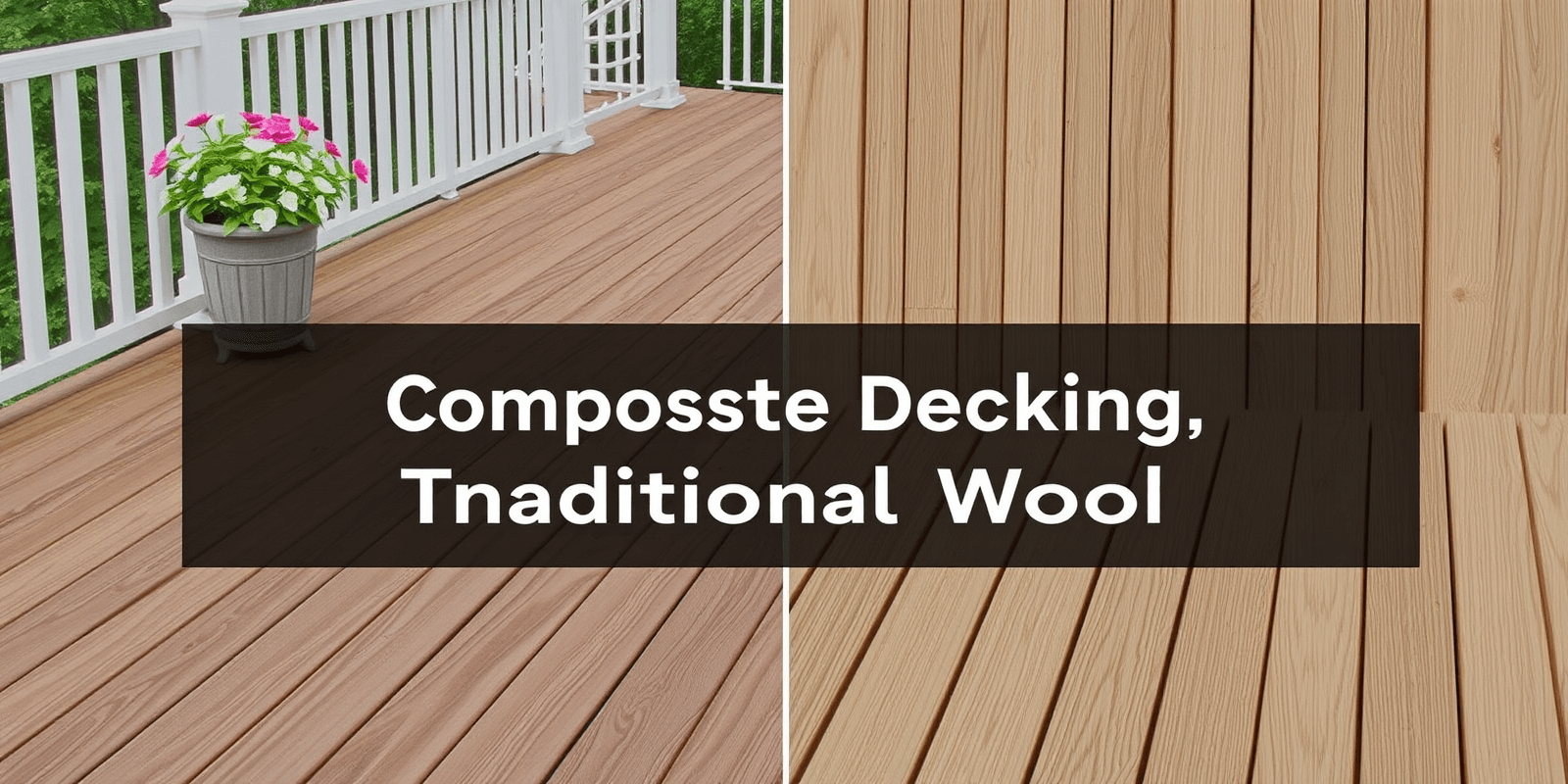Wood vs Composite Decking Price: A Comprehensive Analysis
When it comes to building or renovating a deck, one of the most critical decisions is choosing between wood and composite materials. Each option has its own set of advantages and disadvantages, particularly when it comes to initial costs, maintenance expenses, durability, and overall value. This article aims to provide a detailed analysis of both options, guiding you through the decision-making process.
Initial Costs
The initial costs for wood and composite decking can vary significantly. According to HomeAdvisor, pressure-treated wood typically ranges from $1 to $5 per square foot, while composite decking can cost anywhere from $3 to $10 per square foot. However, these figures can fluctuate based on regional pricing and the specific type of material chosen. For instance, hardwoods like cedar and redwood can be more expensive than pressure-treated wood, often ranging from $4 to $10 per square foot.
Maintenance Expenses
One of the significant differences between wood and composite decking lies in their maintenance requirements. Wood decks require regular staining or sealing to protect against weather damage, insect infestations, and rot. On average, homeowners spend about $0.50 to $1 per square foot annually on maintenance for wood decks. In contrast, composite decks generally require less maintenance, with some requiring only occasional cleaning. However, composite materials can still develop stains or scratches over time, which might necessitate sanding or replacement of affected sections.
Durability
In terms of durability, wood decks are susceptible to warping, cracking, and rotting due to prolonged exposure to moisture and sunlight. Composite decks, on the other hand, are designed to resist these issues. They are made from a combination of recycled wood fibers and plastic resins, which makes them highly resistant to moisture, insects, and UV rays. According to a study by the University of Tennessee, composite decking materials have a longer lifespan compared to traditional wood, lasting up to 25 years with minimal maintenance.
Overall Value
When evaluating the overall value, it’s essential to consider not just the initial costs but also the long-term expenses and the potential return on investment (ROI). While composite decks have higher upfront costs, they offer lower maintenance expenses and greater longevity. According to Remodeling Magazine’s Cost vs. Value Report, composite decks have a higher ROI compared to wood decks, averaging around 75% compared to 65% respectively. Additionally, composite materials often come with warranties ranging from 10 to 25 years, providing peace of mind and financial protection.
Expert Opinions
According to Jeff Ebert, a certified master carpenter and owner of Ebert Custom Decks, “Composite decking offers a blend of beauty, low maintenance, and durability that traditional wood simply cannot match. While the initial investment is higher, the long-term savings and increased property value make it a worthwhile choice.”
Real-Life Examples
Take, for example, the case of John and Sarah, who recently built a new deck using composite materials. Despite the higher initial cost, they estimate that they will save approximately $1,500 over the next decade in maintenance expenses. Moreover, their home’s resale value increased by about 10%, adding significant value to their investment.
Conclusion
Choosing between wood and composite decking ultimately depends on your budget, maintenance preferences, and long-term goals. While wood decks offer a classic look and lower initial costs, they require more frequent maintenance and have a shorter lifespan. Composite decks, although pricier upfront, provide better durability, lower maintenance needs, and a higher ROI. By carefully considering these factors, you can make an informed decision that aligns with your needs and budget.



